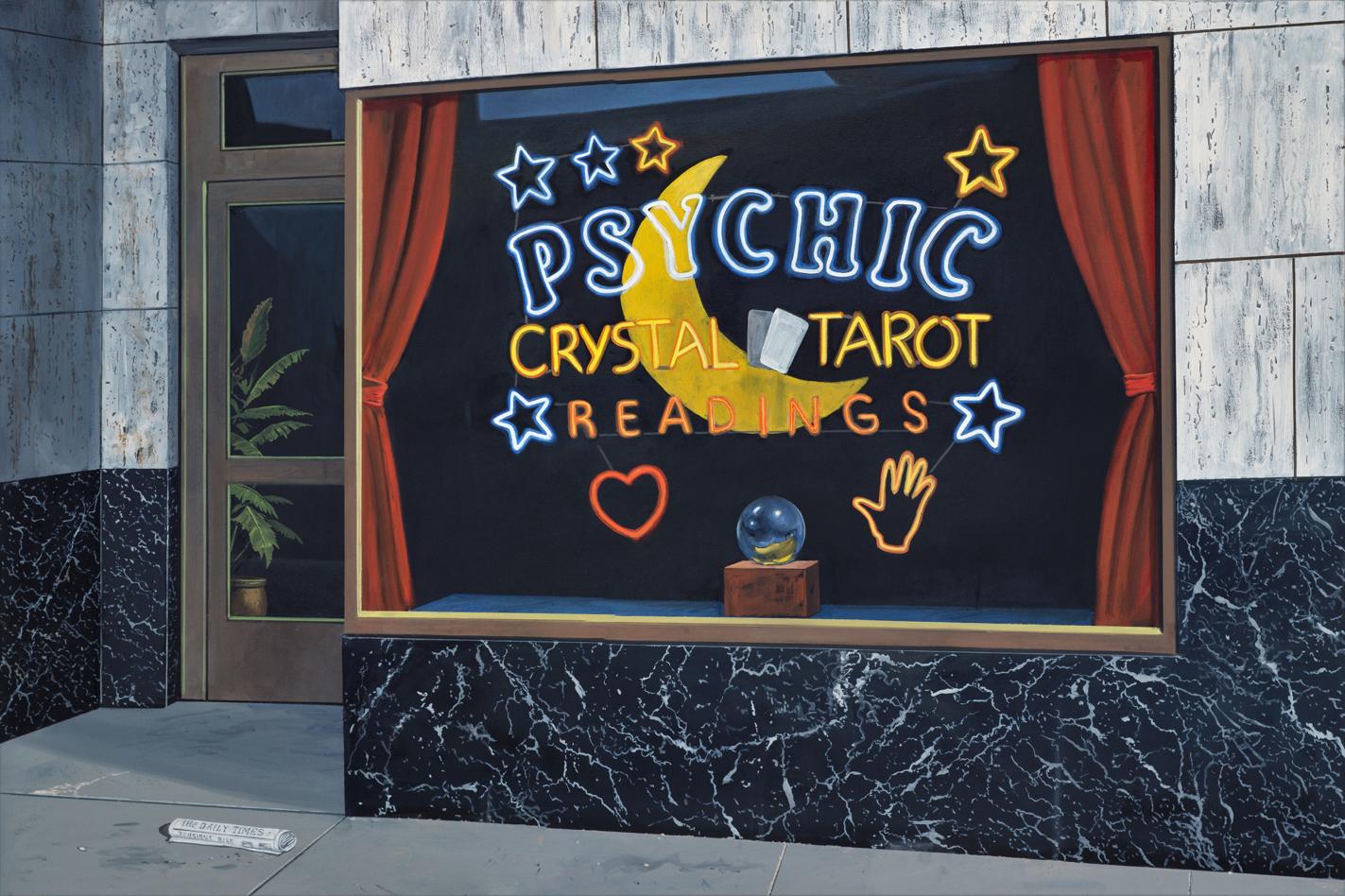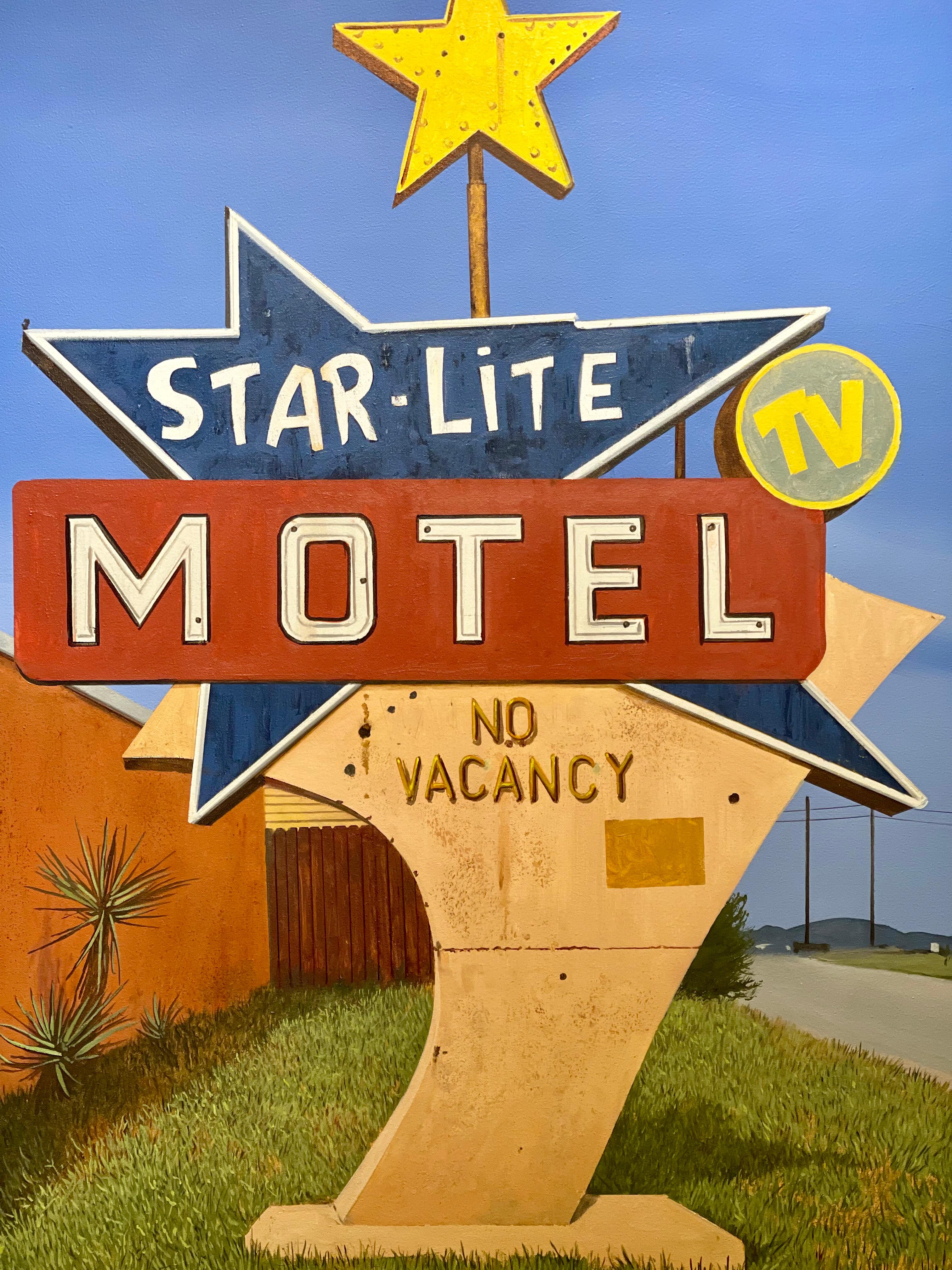Items Similar to Strawberries Strewn on a Forest Floor
Want more images or videos?
Request additional images or videos from the seller
1 of 8
William Mason BrownStrawberries Strewn on a Forest Floorc. 1865-70
c. 1865-70
About the Item
William Mason Brown was born in Troy, New York, where he studied for several years with local artists, including the leading portraitist there, Abel Buel Moore. In 1850, he moved to Newark, New Jersey, and began painting romantic landscapes in a meticulous style reminiscent of the Hudson River School. In 1858, Brown moved to Brooklyn, where he worked for the rest of his career, exhibiting annually at the National Academy of Design, New York, from 1859 to 1890, and at the Brooklyn Art Association from 1865 to 1886.
Brown was undoubtedly exposed to the teachings of John Ruskin, which so greatly affected American artists during the late 1850s and 1860s. The Ruskinian, or Pre-Raphaelite, influence is reflected in Brown’s crisply painted, meticulously detailed still lifes, including the present work. William H. Gerdts has said of the artist:
[Brown’s] still lifes are the most meticulous and photographic of his generation and during his lifetime his technique was compared to that of the great French academician, Jean-Léon Gérôme. . . . Brown almost never allowed his paint handling to be apparent. He reveled in textural duplication: the “halo” of the fuzziness of a peach, the “map” of the rind of a cantaloupe. In painting humbler fruits—berries and cherries—each particular item in a group had its own color, its own highlight, its own quality of weight (Painters of the Humble Truth [1981], p. 102).
As a former landscape painter, Brown was a staunch practitioner of another Ruskinian tenet—the still life placed in a natural setting—of which Strawberries Strewn on a Forest Floor is a prime example. In contrast to the more formal and traditional tabletop still life (which Brown also painted), Ruskin preached that fruit and flowers ought to be rendered as they exist in nature, relieved by soil or grass and other vegetation, and much like the works of the famous English painter William Henry “Bird’s Nest” Hunt. However, Barbara Dayer Gallati has noted a curious contradiction of Ruskinian theory in a similar work by Brown, Raspberries (oil on canvas, 20 x 16 in.; The J. B. Speed Art Museum, Louisville, Kentucky; see Linda S. Ferber and William H. Gerdts, The New Path: Ruskin and the American Pre-Raphaelites, exhib. cat. [New York: The Brooklyn Museum, 1985], p. 148 pl. 20 illus. in color), which depicts a loose bundle of raspberries set within an intimate space on the forest floor:
There is detectable in this painting, however, a duality in approach to nature that is antithetical to Ruskinian doctrine. The individual berries, the sheltering bush, the wild flowers, and grassy patch of earth are uniformly executed in a fashion comparable to that of Ruskin’s closest followers. Yet the berries do not appear as they would in nature; the artist’s hand has intervened in order to create a pleasing composition. This feature, along with the stage-like setting and theatrical lighting, introduces an artificial note which suggests that however veristic it all may seem, this is a composition that originated in the studio and not in nature (Gallati, “Raspberries,” in ibid., p. 92).
This apparent contradiction in Ruskinian theory is also seen in the present painting, which presents a loose group of rich red strawberries scattered about the forest floor.
Although he concentrated on landscape painting in the early part of his career, Brown gained wider recognition for his still lifes, particularly of fruit, which were occasionally lithographed by Currier & Ives, or other printing houses, and were thus widely distributed. The characteristically strong color and tightly executed forms of his work lent themselves to the lithographic process.
- Creator:William Mason Brown (1828-1898, American)
- Creation Year:c. 1865-70
- Dimensions:Height: 12 in (30.48 cm)Width: 10 in (25.4 cm)
- Medium:
- Movement & Style:
- Period:
- Condition:
- Gallery Location:New York, NY
- Reference Number:
About the Seller
5.0
Recognized Seller
These prestigious sellers are industry leaders and represent the highest echelon for item quality and design.
Established in 1952
1stDibs seller since 2010
32 sales on 1stDibs
Typical response time: 10 hours
Associations
Art Dealers Association of America
- ShippingRetrieving quote...Ships From: New York, NY
- Return PolicyThis item cannot be returned.
More From This SellerView All
- Mt. Etna from TaorminaBy Thomas FransioliLocated in New York, NYThomas Fransioli, born in 1906 in Seattle, Washington, trained as an architect at the University of Pennsylvania. He worked as an architect before his service in World War II. Largel...Category
20th Century American Realist Landscape Paintings
MaterialsCanvas, Oil
- Thrown Drapery (Redux) Study 1By David LigareLocated in New York, NYSigned and dated (at lower right): L; (on verso): D. Ligare / 2004Category
Early 2000s Contemporary Still-life Paintings
MaterialsCanvas, Oil
- Candle and FlowersBy David LigareLocated in New York, NYSAPERE AUDE. Dare to be wise. Immanuel Kant’s directive is embodied in the work of David Ligare. For thirty-five years, Ligare has dedicated his work to ...Category
2010s Contemporary Still-life Paintings
MaterialsCanvas, Oil
- Still Life with Polykleitian Head and AncathusBy David LigareLocated in New York, NYSAPERE AUDE. Dare to be wise. Immanuel Kant’s directive is embodied in the work of David Ligare. For thirty-five years, Ligare has dedicated his work to ...Category
Early 2000s Contemporary Still-life Paintings
MaterialsCanvas, Oil
- Still Life with PeachesBy Lilly Martin SpencerLocated in New York, NYLilly Martin Spencer was a professional artist for over sixty years, painting portraits, still lifes, miniatures, and genre scenes. In the 1850s to mid-1860s her genre scenes depicti...Category
19th Century American Realist Still-life Paintings
MaterialsCanvas, Oil
- Still Life with ApplesBy William Rickarby MillerLocated in New York, NYSigned and dated (at lower left): W. R. Miller 1891; (at lower right): No. 10Category
Late 19th Century American Realist Still-life Paintings
MaterialsCanvas, Oil
You May Also Like
- Contemporary American Nostalgic Sign of MoonLite Drive-In Theatre in West TexasLocated in Fort Worth, TXMoonlite, 2021, Daniel Blagg, Oil on canvas, 38 x 58" By meticulously depicting forgotten road signs and roadside debris, Daniel Blagg invites his viewers to re-consider objects th...Category
2010s American Realist Landscape Paintings
MaterialsCanvas, Acrylic, Oil
- Contemporary American Nostalgia Sign of Chinese Restaurant w/ Blue SkyLocated in Fort Worth, TXChinese Restaurant, 2009, Daniel Blagg, Oil on canvas, 80 x 60" By meticulously depicting forgotten road signs and roadside debris, Daniel Blagg invites...Category
2010s American Realist Landscape Paintings
MaterialsCanvas, Acrylic, Oil
- Contemporary American Nostalgic Sign of a Children's 'Play Land' on a Rainy DayLocated in Fort Worth, TXPlayland, 2018, Daniel Blagg, Oil on panel, 26 x 50" By meticulously depicting forgotten road signs and roadside debris, Daniel Blagg invites his viewer...Category
2010s American Realist Landscape Paintings
MaterialsCanvas, Acrylic, Oil
- Contemporary Oil of Psychic Reading, Tarot Card, and Palm Reading Neon SignLocated in Fort Worth, TXPaper, 2020, Daniel Blagg, Oil on canvas, 38 x 58" By meticulously depicting forgotten road signs and roadside debris, Daniel Blagg invites his viewers to re-consider objects that ...Category
2010s American Realist Landscape Paintings
MaterialsCanvas, Acrylic, Oil
- Large Contemporary Oil Painting of Americana Themed Rustic Road Sign in TexasLocated in Fort Worth, TXThis vibrant oil painting is brought to you by the incredible hand of Dan Blagg. His works are filled with themes of nostalgia, a rustic lifestyle, and Americana. Add a pop of color to any space by collecting a Daniel Blagg. This may be a conversation piece, but when the conversation runs dry, you can look deep into Dan's work and feel at peace with the silence. This work is titled, "Stars" by Daniel Blagg. 2021. Oil paint on canvas. 44 x 55." A well-known figure of the contemporary Fort Worth art scene, Daniel Blagg has worked in the DFW area for over four decades. Blagg creates compositions that are both large-scale and intimate, familiar and unfamiliar, through his realistic style and chosen subject matter. Inspired by the surroundings of his studio warehouse on the outskirts of Fort Worth, his paintings of deteriorating road signs, empty streets, and vacant buildings examine urban decay and the byproducts of American capitalism. Blagg is interested in portraying what society discards; what once was useful is now abandoned and left to rot with no thought of recycling or re-use. According to Blagg, this wastefulness is particularly evident in American culture, where advertising is driven by the constant and even desperate desire to make a profit, without regard for the ramifications of this model of economic enterprise. By meticulously depicting forgotten road signs and roadside debris, Blagg invites his viewers to re-consider objects that are often ignored or forgotten. He masterfully crafts his paintings to create moody, unsettling compositions that feel desolate and neglected through his detailed depictions. Quick brushstrokes or soft washes of paint form fields of grass, distant mountains, and stretches of roads, while sharp shadows and the lack of figures heighten the feeling of loneliness and seclusion in these landscapes. Blagg’s representations evoke the work of Edward Hopper through a similar use of light and dark contrasts, as well as an emphasis on the urban subject matter. However, unlike Hopper, Blagg’s explorations ominously foretell the effects of the passage of time. These signs and objects act not only as markers of the past but also as forewarnings for the future. What will we as a contemporary society build and forsake? How will our creations stand the test of time? What will outlive its use in our culture but may ultimately outlast us, the creators? Blagg visually poses these questions to his audiences, hinting that the answers will only be realized with the next generation of creators and builders. Until that time comes, we are responsible for the creations of past generations, whether we preserve, restore, or ignore those objects. We are also accountable for what we leave behind, whether it is art, architecture, or physical waste. Blagg’s paintings have been exhibited in over sixty prominent shows across the United States, and his work is collected by numerous institutions and companies, such as the Modern Art Museum of Fort Worth, the Museum of South Texas in Corpus Christi, the Old Jail House Arts Center, Shell Oil, Fidelity Investments, and The Coca-Cola Company. He has curated multiple exhibitions at the Fort Worth Community Arts Center and was President of the Exhibition Advisory Panel from 2006 to 2008. In 2012 and 2009, he was a finalist for the Hunting Prize, an annual competition in Houston, Texas, that supports Texas artists. He has also received the Cynthia Brants...Category
2010s American Realist Landscape Paintings
MaterialsCanvas, Oil
- Contemporary Oil of Dallas Cowboys Tribute Football Field Celebrating TexasLocated in Fort Worth, TXTribute, 2009, Daniel Blagg, Oil on canvas, 60 x 90" By meticulously depicting forgotten road signs and roadside debris, Daniel Blagg invites his viewer...Category
2010s American Realist Landscape Paintings
MaterialsOil, Canvas, Acrylic





